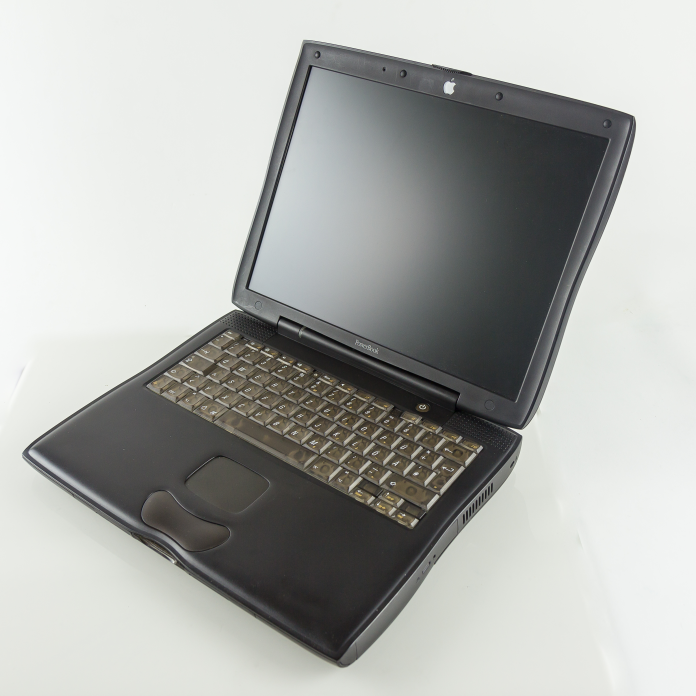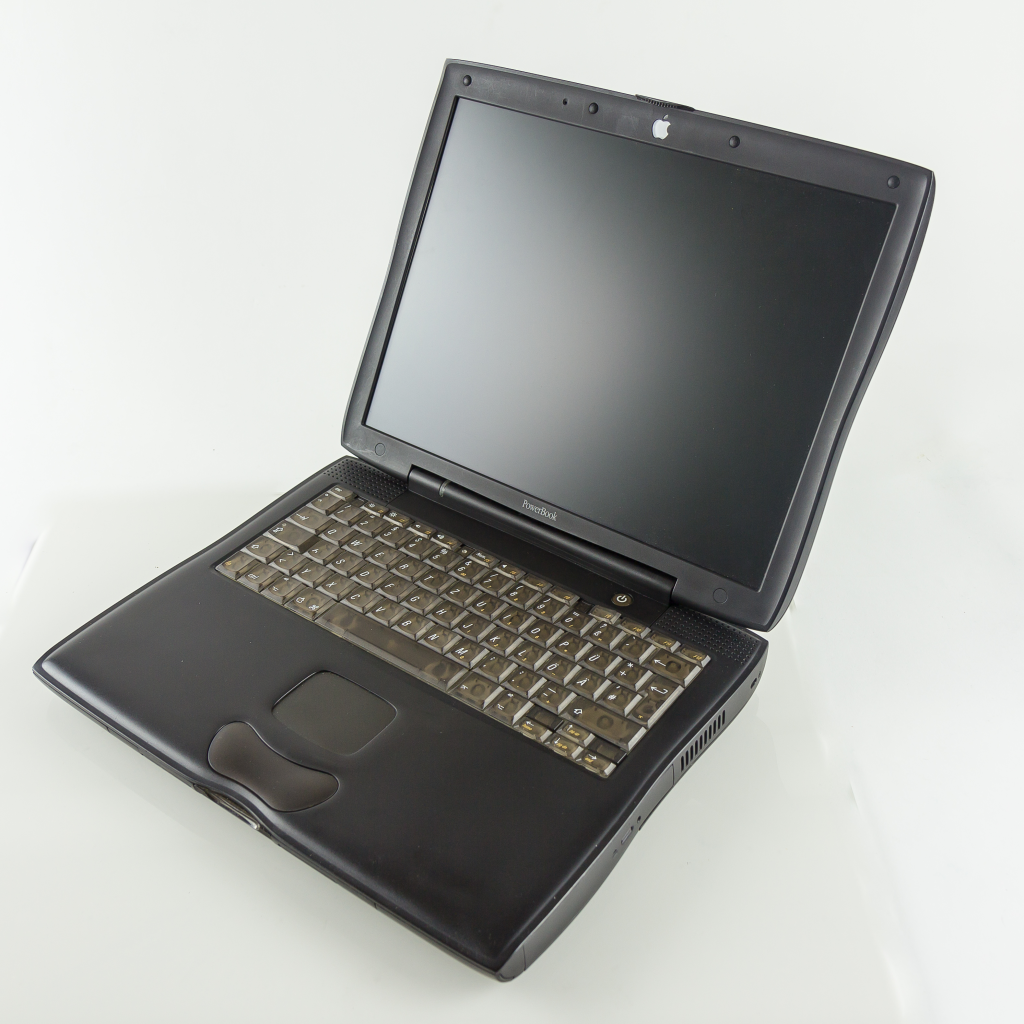
“From an industry-stunning chip to one that truly blurs the line between mobile and desktop computing, Apple’s M-series has transformed the Mac in only five years. The leap from the M1 to the M5 is not an incremental jump; rather, it’s a demonstration of an ongoing architectural innovation combined with manufacturing advances and purposeful performance gains in CPU, GPU, AI, and gaming workloads.

1. CPU and GPU Performance Gains
Compared to the M1, the M5 delivers 6× faster CPU and GPU performance: Geekbench 6 single-core scores rise from 2,320 to 4,263, while multi-core jumps from 8,175 to 17,862. GPU benchmarks in Metal jump from 33,041 to 75,637. These gains are courtesy of a bump from 8-core to 10-core CPU and GPU configurations, higher clock speeds 4.61 GHz versus the M1’s 3.2 GHz and a more than doubling of memory bandwidth to 153 GB/s, up from the M1’s 68.25 GB/s.
2. Evolution of the Manufacturing Process
The M1 was built on TSMC’s 5nm N5 process; the M5 uses third-generation 3nm N3P technology. This move enables higher transistor density and lower leakage, allowing for higher clock speeds and more complex logic without a matching power increase. TSMC is planning to move to 2nm (N2) chips by 2026 with a projected speed boost of 10–15% while simultaneously decreasing power use by up to 25-30%, followed by 1.4nm A14 chips by 2028 that can save up to 30% power at the same performance.

3. Architectural Innovations
The M5 introduces a Neural Accelerator in each GPU core-a dramatic shift in design toward significantly improving AI workloads. Second-generation dynamic caching and unified image compression further optimize GPU resource allocation. Efficiency cores now run at 3 GHz with a larger 6 MB L2 cache, closer to what the performance cores offer. Hardware-accelerated ray tracing is in its third generation, offering up to 45% faster ray tracing performance versus the M4.

4. AI and Neural Engine Advances
The Neural Engine, which was introduced with the M1, now works in concert with GPU-based neural accelerators to achieve 7.7× faster AI video processing and a 6× increase in AI performance compared to M1 alone. Real-world tests show M5 achieves 3.6× faster time-to-first-token on large language models and up to 2.9× faster AI speech enhancement in pro apps. Additional on-device AI processing delivers an added layer of security, as it doesn’t require computation on the cloud, saving infrastructure load and energy consumption.
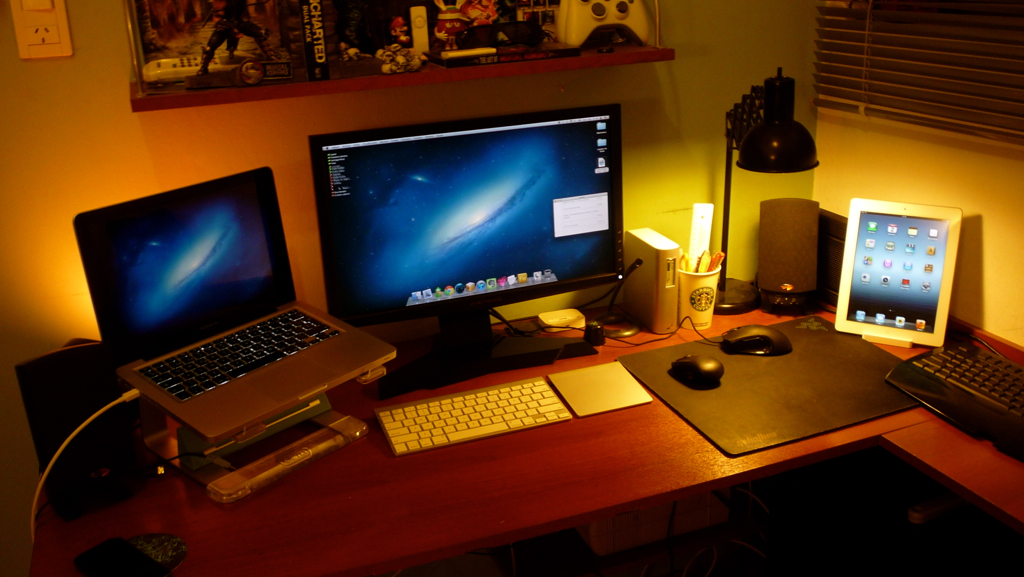
5. Gaming & Graphics Rendering
Gaming performance is 2.6× higher than the M1, driven by significant ray tracing and dynamic caching enhancements in the M5. Benchmarks are showing 1.7× faster 3D rendering with ray tracing in Blender compared to the M4 and as much as 1.5× faster in Octane X. This enables high-fidelity gaming and intensive 3D workloads in portable Macs without discrete GPUs.
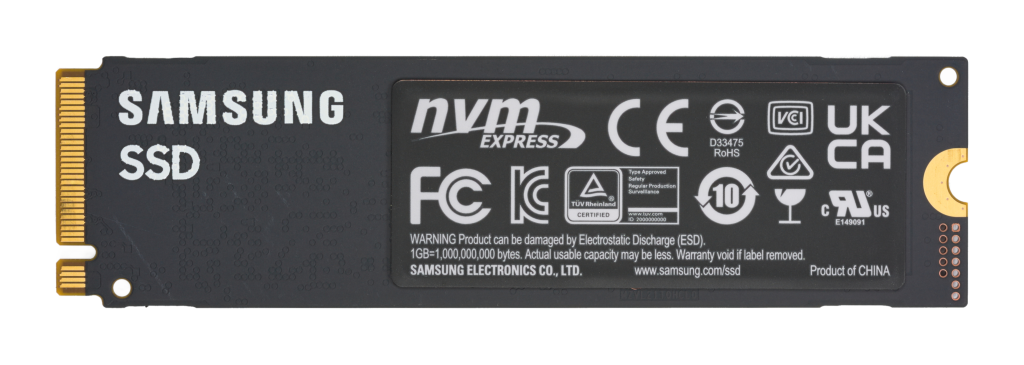
6. Enhancements in Storage and I/O
M5 boasts PCIe 4.0 SSDs with a new controller that provides double the read/write performance of the prior generation, and this impacts system-wide responsiveness: everything from loading massive game assets to exporting high-res video in either Final Cut Pro or DaVinci Resolve.
7. Roadmap to Future Generations Because
Apple’s silicon roadmap is tied to TSMC’s node evolution, one would expect 2nm N2 in the M6 this year and the 1.4nm A14 node sometime in the late 2020s. These transitions promise steady gains in performance-per-watt: thinner devices that have longer battery life yet still sustain pro-level capabilities.

8. Implications for the Mac Ecosystem
The M-series has unified Apple’s hardware strategy, retiring Intel Macs by the middle of 2023 and putting future performance gains on a very predictable cadence. Even the base M5 already surpasses the M1 Ultra in multi-core performance, hinting that entry-level Macs in the near future will be workstation-class machines.
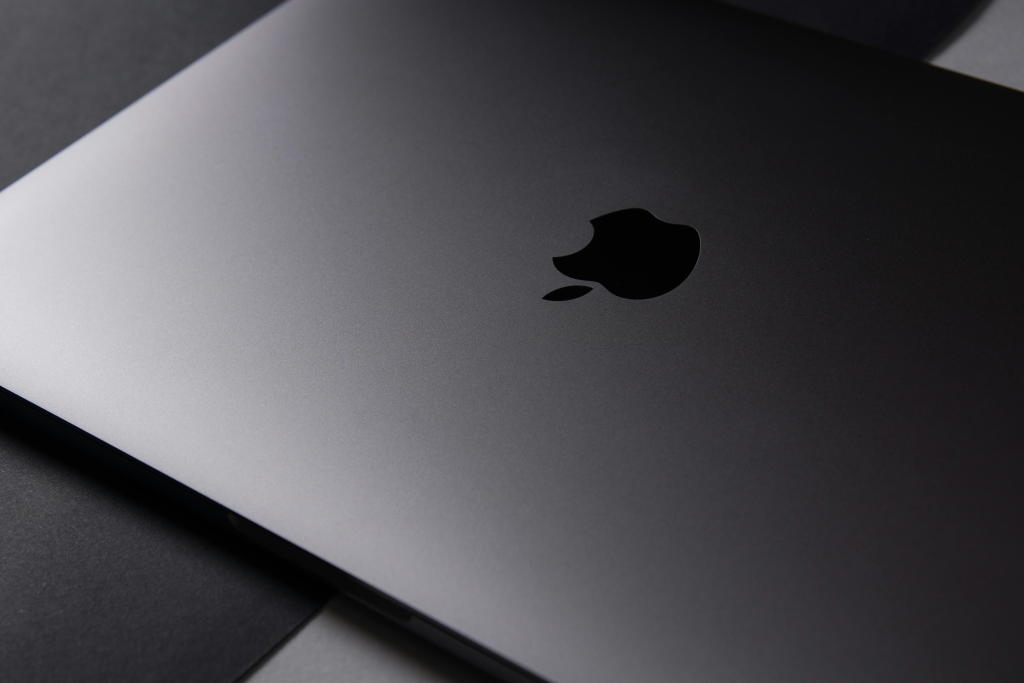
This consistency strengthens Apple’s position in such markets where energy efficiency and computational performance are critical, including AI development and high-end creative workflows. The five-year arc from M1 to M5 shows a deliberate layering of process shrinks, architectural refinements, and targeted accelerations.
Unified Memory Architecture was once a novel concept but is now the backbone of Apple’s computing strategy, joining CPU, GPU, and AI subsystems in lockstep. Apple has expanded the performance envelope with each successive generation, not at the expense of efficiency, but as a harbinger of the era when portable devices will rival-and often exceed-traditional desktops in capability.
